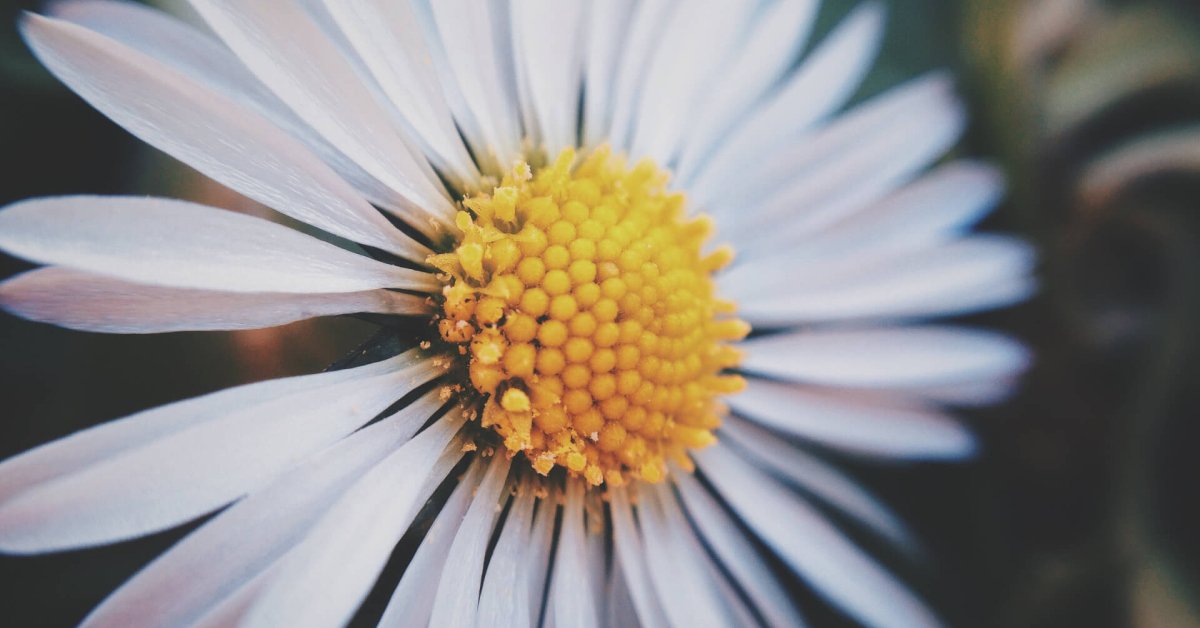There’s something irresistible about a bowl of creamy hummus. This Middle Eastern staple has become one of my favorite go-to snacks because it’s simple wholesome and packed with flavor. Whether I’m hosting friends or just craving a quick bite I always find myself reaching for this classic vegan dip.
What I love most about hummus is its versatility. It pairs perfectly with fresh veggies warm pita or even as a spread on sandwiches. Plus making it from scratch lets me control the texture and seasoning so every bite is just right. If you’re looking for a plant-based snack that’s both satisfying and easy to whip up you’ll love this classic vegan hummus as much as I do.
Ingredients for Classic Vegan Hummus
I always make sure my hummus starts with clean wholesome ingredients to maximize nutrition and flavor. Here is everything you need to make a batch of truly classic vegan hummus at home:
- 1 can (15 ounces) chickpeas, drained and rinsed
- 1/4 cup fresh lemon juice, from about 1 large lemon
- 1/4 cup well-stirred tahini
- 1 small garlic clove, minced
- 2 tablespoons extra-virgin olive oil, plus more for serving
- 1/2 teaspoon fine sea salt
- 1/2 teaspoon ground cumin
- 2 to 3 tablespoons cold water
- Dash of ground paprika, for serving
I recommend using the best quality tahini and olive oil you can find. The flavor really shines through in this dip. If you love a bold, zesty hummus, do not be shy with the fresh lemon juice. I often adjust and add a splash extra if I am in the mood for something bright and tangy. Fresh garlic gives a true hummus flavor but you can use roasted garlic for a sweeter taste.
Every ingredient in this list is fully plant-based, making this creamy dip not only delicious but also a perfect fit for any vegan lifestyle.
Equipment Needed
I keep my kitchen simple and efficient when making classic vegan hummus. These tools help achieve that ultra-smooth creamy dip every time.
- Food processor or high-speed blender – to blend chickpeas and create that silky texture
- Can opener – if using canned chickpeas
- Measuring cups and spoons – for precise portions of tahini, lemon juice, spices, and oil
- Citrus juicer – for fresh lemon juice with no seeds
- Garlic press or microplane – to finely mince or grate garlic
- Rubber spatula – to scrape down the sides as you blend
- Serving bowl – to present your finished hummus beautifully
These pieces of equipment make the process easy and the results consistently delicious. I always recommend opting for a sturdy food processor since it handles chickpeas quickly and delivers the creamiest texture possible.
Prep Steps
Before blending the hummus, I like to set up all the ingredients and prep the chickpeas for the creamiest result. Good prep makes the process smooth and quick.
Preparing Chickpeas
If I use canned chickpeas, I rinse and drain them well to remove extra sodium and brine. For an ultra-smooth hummus, I cover the chickpeas with hot water and let them soak for ten minutes, then drain again. Sometimes, I gently rub the chickpeas between my palms to loosen and remove some skins. This step gives the hummus an extra silky texture.
When I have the time, I cook dried chickpeas from scratch. I soak them overnight in plenty of water, then simmer with a pinch of baking soda until very soft. This makes the hummus even creamier and adds a deep, nutty flavor.
Measuring Other Ingredients
I measure out tahini, fresh lemon juice, olive oil, garlic, salt, and cumin before I start blending. I scoop the tahini into a measuring cup to level it, squeeze the lemons using a citrus juicer, and crush the garlic with a press. I measure out the olive oil for drizzling in during blending, and I use measuring spoons for salt and cumin. Having everything ready helps me make the hummus in under ten minutes and ensures the flavors stay balanced.
Directions
Making my classic vegan hummus at home is simple and rewarding. Follow these steps to create a creamy, flavorful dip perfect for snacking or sharing.
Blending the Hummus
- Add 1 can (15 ounces) cooked chickpeas, drained and rinsed, to your food processor.
- Add 1/4 cup tahini, 2 tablespoons freshly squeezed lemon juice, and 1 tablespoon extra virgin olive oil.
- Peel 1 garlic clove and add it to the processor.
- Sprinkle in 1/2 teaspoon sea salt and 1/2 teaspoon ground cumin.
- Blend on high for 1 minute until the mixture begins to smooth out.
- Stop to scrape down the sides with a spatula.
- With the processor running, slowly drizzle in 2 to 3 tablespoons cold water to help the mixture become extra creamy.
Adjusting Texture and Flavor
- Check the hummus consistency. If it seems too thick, add more cold water a tablespoon at a time until it reaches your preferred creamy texture.
- Taste and adjust the seasonings. For zing, squeeze in extra lemon juice. For a nuttier profile, stir in more tahini. If you prefer more depth, add a pinch more cumin or salt.
- Blend again until everything is silky and well-combined.
- Transfer the hummus to a serving bowl, then drizzle with a touch of olive oil and a sprinkle of paprika or chopped parsley if desired.
| Step | Action | Time (minutes) |
|---|---|---|
| Blending ingredients | Food processor | 1 |
| Adjusting texture and taste | Adding water and seasoning | 1-2 |
Serving Suggestions
I love sharing vegan hummus with friends and family because it makes any meal feel inviting and fresh. My go-to way to serve classic vegan hummus is as a dip surrounded by colorful raw veggies like sliced cucumber, crisp bell peppers, carrot sticks, or sweet cherry tomatoes. The creamy texture of the hummus pairs perfectly with the crunch and slight sweetness of fresh produce.
Warm, fluffy pita bread or whole-grain pita chips are also classic pairings. I like to cut pita into triangles and lightly toast them for that golden, crisp finish. For a lighter option, try serving hummus with seeded crackers or rice cakes.
Hummus easily upgrades everyday meals. I often spread it on vegan sandwiches and wraps in place of mayo for extra flavor and a creamy boost of plant-based protein. It also works wonderfully as a nourishing base for grain bowls—just spread a spoonful at the bottom of the bowl, add cooked quinoa, roasted vegetables, and top with fresh herbs.
« Vegan Apple Pie: Easy Homemade Recipe for a Classic, Dairy-Free Dessert Everyone Will Love
Roasted Chickpeas with Spices: Crispy, Flavorful, and Easy Vegan Snack Recipe »
For a party platter, I drizzle the hummus with good extra-virgin olive oil and sprinkle with smoked paprika, fresh chopped parsley, or toasted sesame seeds. Sometimes I add a quick garnish of pine nuts for crunch.
I love to customize my hummus platter with dippable extras. Here are some ideas I make for variety:
- Sliced radishes
- Roasted cauliflower florets
- Steamed broccoli
- Sliced daikon
- Roasted sweet potato wedges
- Pickled turnips
If you want to try something new, use hummus as a salad dressing by whisking a tablespoon with lemon juice and a splash of water. Drizzle over greens for a zesty, creamy dressing.
| Serving Style | Ideal Pairings | Notes |
|---|---|---|
| Dip Platter | Fresh veggies, pita bread | Crowd-pleaser |
| Sandwich/Wrap Spread | Whole grain bread, veggies | Adds creaminess, protein |
| Grain Bowl Base | Quinoa, roasted veggies, herbs | Nourishing, meal-ready option |
| Salad Dressing | Leafy greens, grain salads | Whisk with lemon juice, water |
| Party Platter Garnish | Olive oil, paprika, parsley, seeds | Adds color, flavor, crunch |
These serving ideas let everyone enjoy classic vegan hummus, whether you are hosting a party, packing a lunch, or building a nutrient-packed vegan meal at home.
Make-Ahead and Storage Tips
When I ran my vegan restaurant, I always made hummus in advance to give the flavors time to develop and meld. At home, classic vegan hummus makes meal prep easier and faster throughout the week.
Make-Ahead Tips
- Prepare the hummus up to three days before you plan to serve it.
- After blending, let the hummus chill in the fridge for at least one hour before serving—this enhances the creamy texture and brings out the lemon and garlic notes.
- If you want to make a larger batch, double the recipe and portion it into smaller, airtight containers. This helps keep each serving fresh and convenient for snacks or quick meals.
Storage Tips
- Store hummus in an airtight container in the refrigerator. It stays fresh for 4 to 5 days.
- For the best quality, cover the surface with a thin layer of olive oil before sealing. This keeps it from drying and locks in smoothness.
- Always use a clean spoon each time you serve to prevent introducing bacteria.
| Storage Method | Container Type | How Long It Lasts |
|---|---|---|
| Refrigerator | Airtight | 4 to 5 days |
| Freezer (optional)* | Freezer-safe | 1 month |
*If freezing: Transfer the hummus to a freezer-safe container, leaving space for expansion. Thaw overnight in the fridge, then stir well before serving.
Refresh and Reuse
- If the hummus thickens after chilling, stir in a little cold water or lemon juice to loosen the texture before serving.
- Leftover hummus is perfect in wraps, salad dressings, or as a base for veggie platters.
These storage techniques help ensure that your vegan hummus always tastes fresh, creamy, and delicious.
Conclusion
There’s something so satisfying about making a batch of classic vegan hummus at home. I love how easy it is to customize and how it always brings a little extra joy to any meal or gathering. Whether I’m prepping for a party or just looking for a wholesome snack I know I can count on this creamy dip to deliver both flavor and nutrition.
I hope you’ll give this recipe a try and let your creativity shine with your favorite toppings and pairings. Happy dipping!





